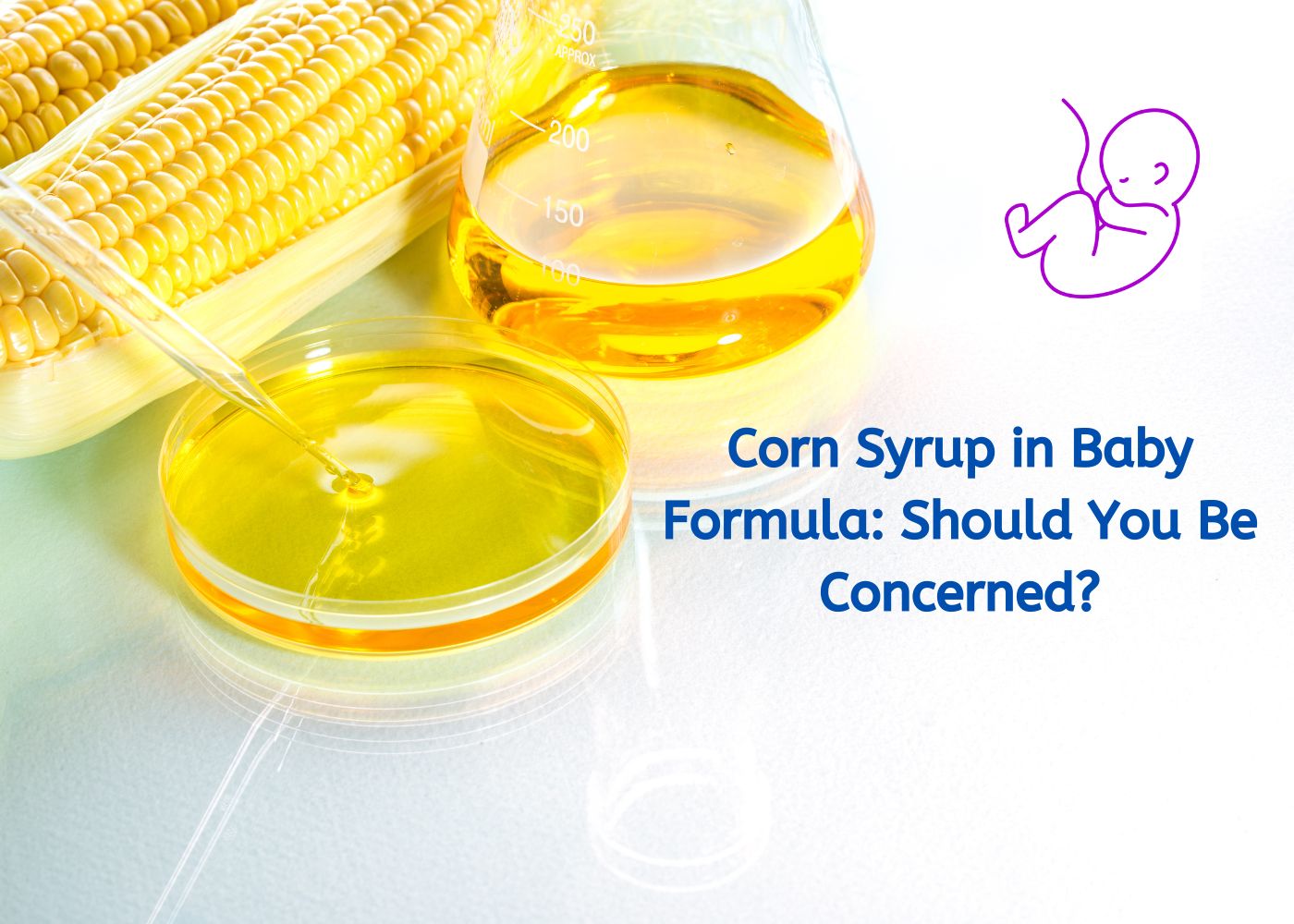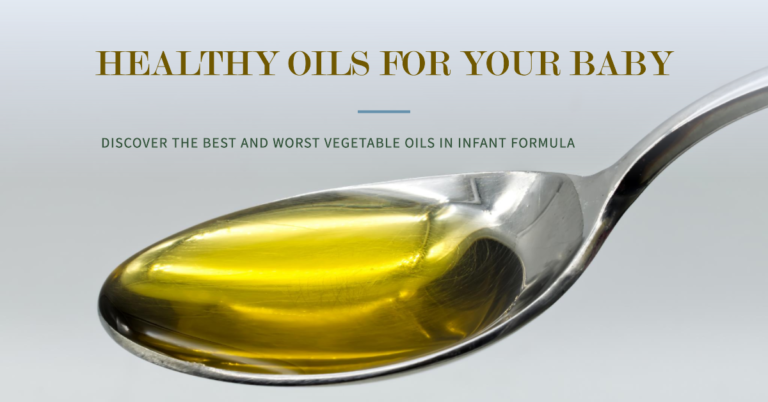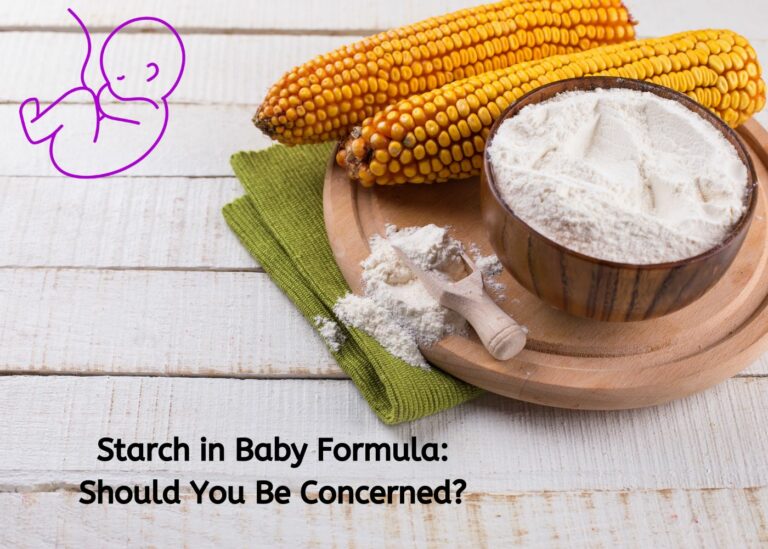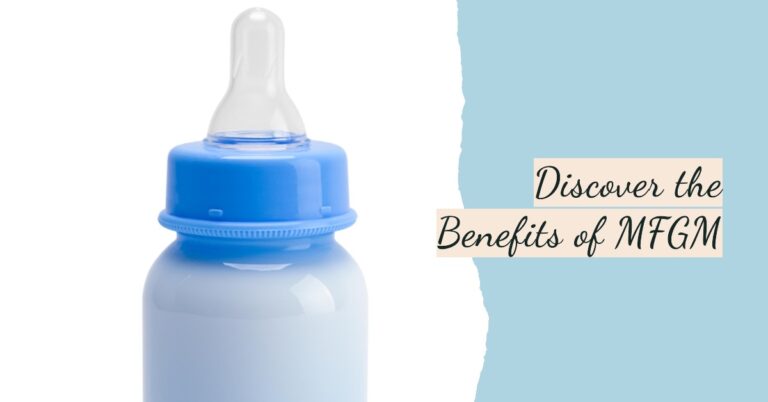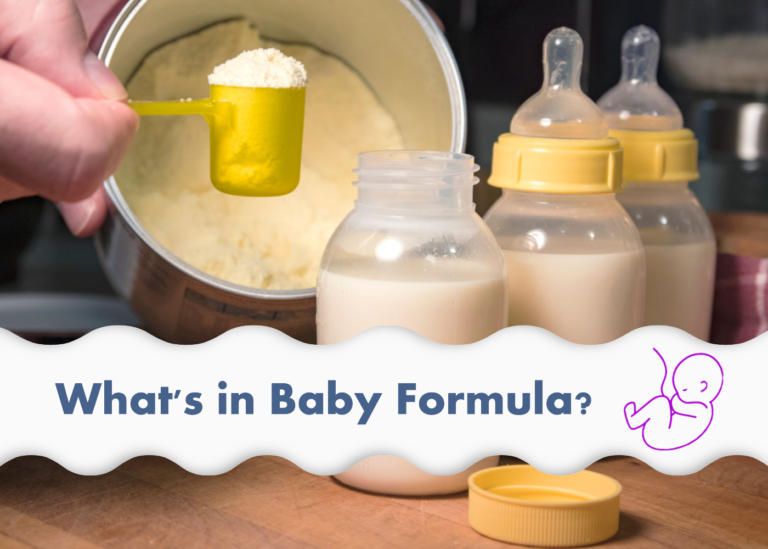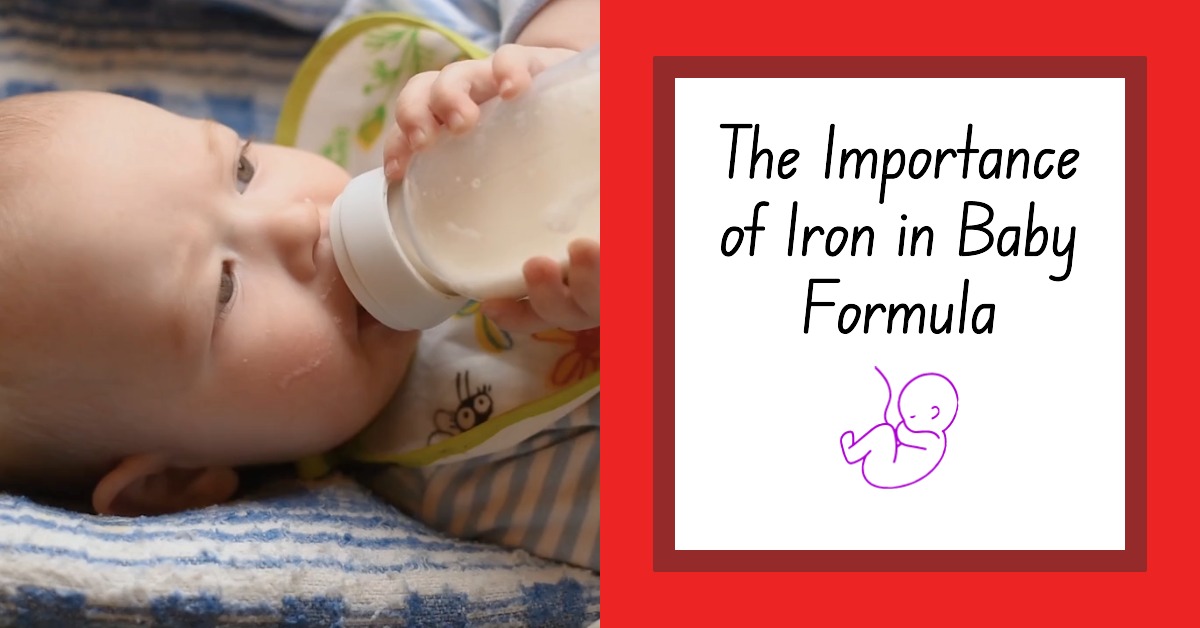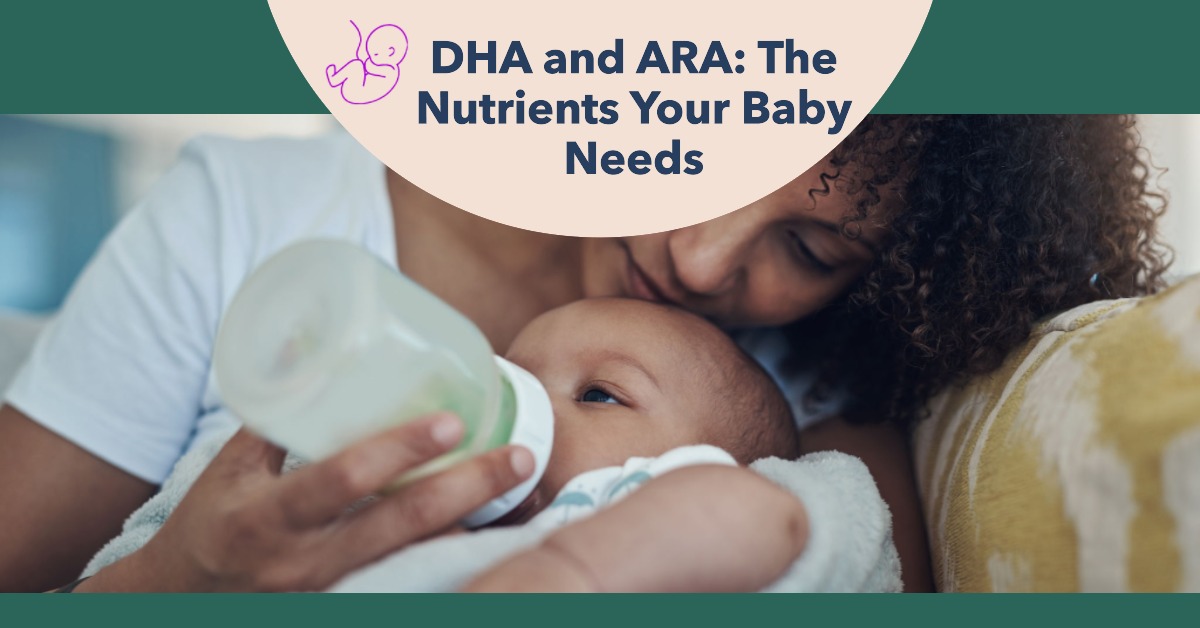
Key Takeaways
DHA and ARA Importance: Docosahexaenoic acid (DHA) and Arachidonic acid (ARA) are critical long-chain polyunsaturated fatty acids essential for infant development, found naturally in breast milk and added to many baby formulas. These nutrients contribute significantly to brain and visual development, immune system function, and overall growth.
DHA and ARA in Formulas: Many baby formula manufacturers include synthesized versions of DHA and ARA to optimize infant health outcomes. Examples include Kendamil, Bobbie, Hipp, and Holle, which provide different amounts of DHA per 100ml.
Recommended Intake: Experts recommend infants aged 0-12 months to have a DHA intake level of 0.3% of total fatty acids. For ARA, infant formulas typically contain between 0.35% and 0.7% of total fatty acids.
Side Effects: While DHA and ARA generally benefit overall health and development, some babies may experience side effects such as vomiting or diarrhea from infant formula containing these supplements.
Duration and Alternatives: It’s recommended for babies to consume formula with DHA and ARA until they are 12 months old. After this age, solid foods often provide all necessary fatty acids. If looking for alternatives, foods fortified with omega-3 fatty acids like flaxseeds, chia seeds, and walnuts can boost levels of DHA.
Consultation: Always consult a pediatrician before introducing additional supplements to your baby’s diet, including DHA and ARA.
Are you considering buying a formula enriched with DHA and ARA, or are you just curious about its benefits?
You are in the right place.
This article aims to give you the information you need about these two fatty acids, their benefits, recommended amounts, our favorite formulas containing them, and their possible but rare dangers.
Let’s get after it!
*Related read: What’s in Baby Formula?
What Is DHA?
Docosahexaenoic acid, more commonly known as DHA, is a long-chain fatty acid essential for early infant development. Found naturally in breast milk, DHA plays a crucial role in the growth and development of an infant’s brain and eyes.
DHA forms an integral part of cell membranes, ensuring their proper function and facilitating communication between cells. In infants, this translates into supporting cognitive skills such as learning and memory retention.
The importance of DHA has led many formula milk manufacturers to introduce synthesized versions of the fatty acid in their products. While these may not have an identical chemical structure to naturally occurring DHA found in breast milk – they are still designed to optimize infant health and development outcomes.
What Is ARA?
Arachidonic acid (ARA) is a critical long-chain polyunsaturated fatty acid that plays a crucial role in infant development. It is found naturally in breast milk and some baby formulas.
As one prevalent component of lipids or fats, ARA contributes significantly to the development of an infant’s brain, immune system function, and cognitive abilities.
Additionally, it is vital for maintaining healthy skin and promoting proper blood clotting.
What Are The Benefits Of DHA And ARA In Baby Formula?
| Development Aspect | Benefits of DHA and ARA |
|---|---|
| Brain Development | Improved cognitive function, enhanced synaptic transmission |
| Visual Development | Better visual acuity |
| Immune System | Robust defense against diseases and illness |
| Overall Growth and Development | Supports overall growth, beyond just brain and visual development |
Brain Development: Research shows babies with enough DHA and ARA demonstrate improved cognitive function and enhanced synaptic transmission.
Visual Development: DHA and ARA support your baby’s developing eyesight. Studies reveal better visual acuity in babies who consume enough of these nutrients.
Immune System Support: These fatty acids also play a key role in developing a robust immune system in infants, helping them fight infections.
Overall Growth and Development: DHA and ARA contribute to the baby’s overall growth beyond brain and visual development.
What Are The Recommended Amounts Of DHA And ARA For Babies?
Experts recommend that infants aged 0-12 months should have a DHA intake level of 0.3% of total fatty acids, higher than the 0.2% you mentioned. For DHA, it is recommended that older infants and young children consume a minimum of 100 mg daily.
As for ARA, infant formulas typically contain between 0.35% and 0.7% of total fatty acids in the form of ARA. This is based on worldwide averages of DHA and ARA content in human milk and recommendations from various international expert groups.
How Much DHA Do Baby Formulas Contain?
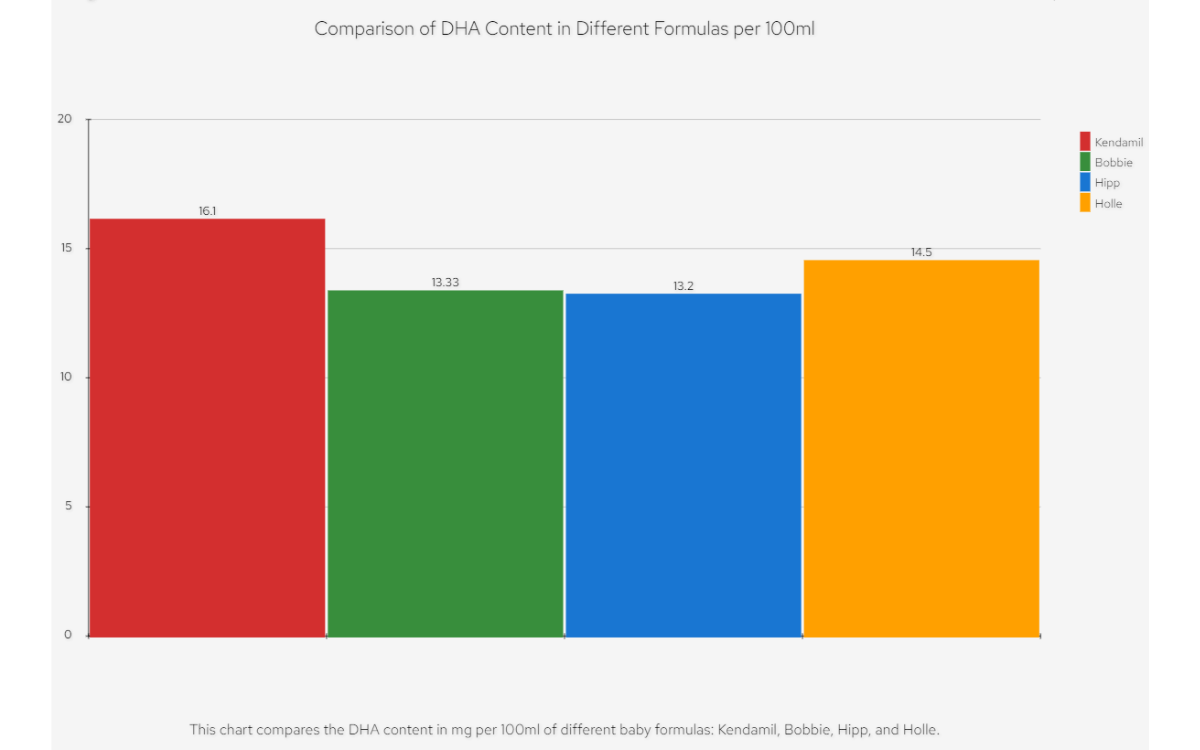
1. Kendamil formula has 16.1 mg of DHA per 100ml
2. Holle formula has 14.5mg of DHA per 100ml
3. Bobbie formula has 13.33mg of DHA per 100ml.
4. Hipp formula has 13.2 mg of DHA per 100ml
How much formula do babies from 0 to 6 months drink on average?
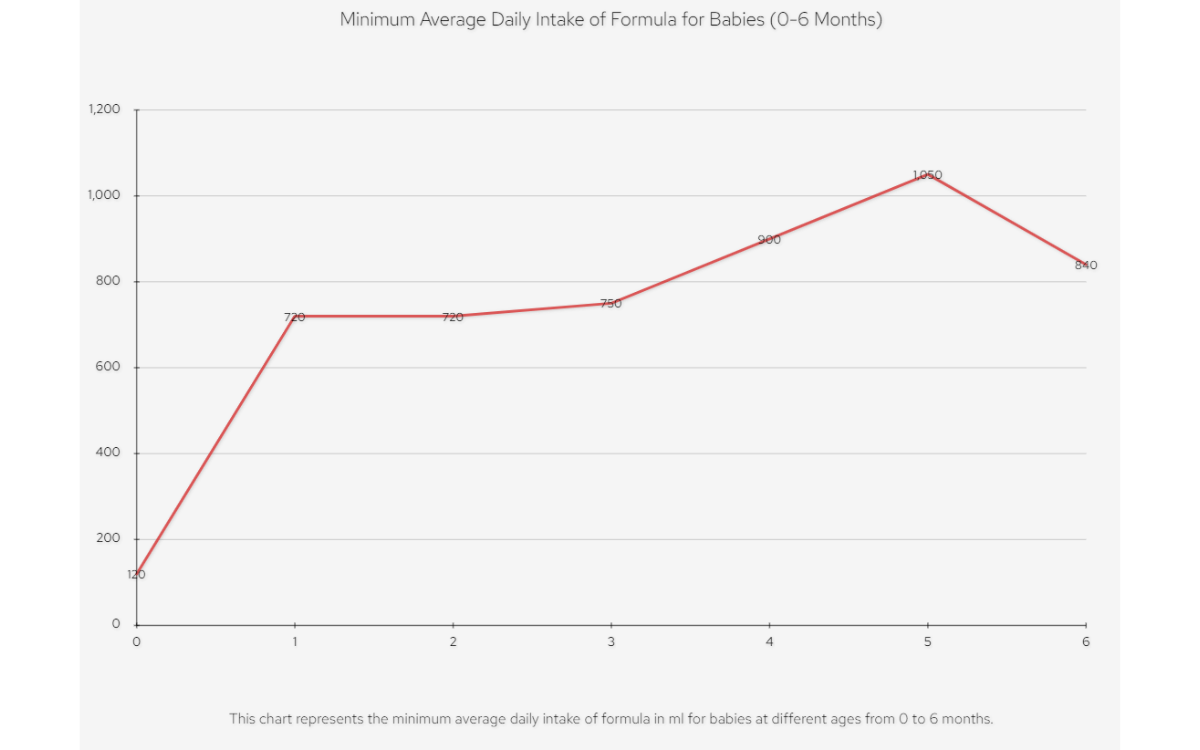
This means that a 1-month baby drinking a formula enriched with DHA is getting around 100mg of DHA in the low end, which is exactly what’s recommended.
Frequently Asked Questions About DHA And ARA In Baby Formula
Can I Give My Baby Additional DHA And ARA Supplements?
Giving your baby additional DHA and ARA supplements is not recommended while consuming formula milk. Most infant formulas already contain the necessary amount of these fatty acids.
In addition, you must always consult your pediatrician before introducing any supplements.
Remember that breast milk naturally contains higher levels of DHA and ARA than formula milk, so if you can breastfeed your baby, that will be the best option.
Are There Any Side Effects Of DHA And ARA In Baby Formula?
Although DHA and ARA can significantly benefit your baby’s overall health and development, some babies may experience side effects from infant formula containing these supplements.
As with any food or drink, some infants may be intolerant to certain ingredients in their formula and exhibit symptoms such as vomiting or diarrhea. In fact, there have been numerous reports submitted to the FDA about adverse reactions in infants consuming formula with DHASCO and ARASCO.
However, it’s important to note that these symptoms typically resolve once a switch is made to a DHA- and ARA-free formula.
How Long Should My Baby Consume Formula With DHA And ARA?
It is recommended that your baby consumes formula with DHA and ARA until 12 months. During this time, babies undergo rapid cognitive development and visual growth, closely linked to these omega-3 fatty acids in their diet.
After 12 months, it is safe to assume that solid foods provide most or all the necessary fatty acids. However, it is safe for babies to continue consuming formula with DHA and ARA even after 12 months if needed.
Are There Any Alternatives To Baby Formula With DHA And ARA?
Yes, several options are available for parents looking for alternatives to baby formula with DHA and ARA.
For example, foods fortified with omega-3 fatty acids, such as flaxseeds, chia seeds, and walnuts, can be included in the diet of breastfeeding mothers or babies after 6 months after introducing solids to boost the levels of DHA.
Last Words
As you have read, DHA and ARA are two essential and very beneficial nutrients for both infants and adults.
If you will offer formula to your baby, look for a formula enriched with DHA and ARA, such as the ones mentioned in this article: Kendamil, Bobbie, Hipp, and Holle.
You can see all our formula comparisons here so you can make the best choice for your baby.
See you soon!
We’re Maria and Alberto, a married couple and educators who are nutrition enthusiasts. Even before we had kids, we were already crazy about nutrition.
We’d read scientific articles, watch videos from nutritionists, and spend hours listening to nutrition podcasts.
Today, we continue doing this, but in a different way, as we’ve learned to sift through the noise and trends. Nutrition, like any other field of knowledge, the more you read and learn, the more you develop a comprehensive understanding of reality, and that’s what has happened to us.
Before having our first child, we focused on learning everything we could about child nutrition, using the same techniques we had already employed, backed by our extensive knowledge in nutrition.
Our mission is to help other parents with their children’s nutrition, to help them become the best versions of themselves.
If we are what we eat and drink, which is absolutely true, let’s do it right!


